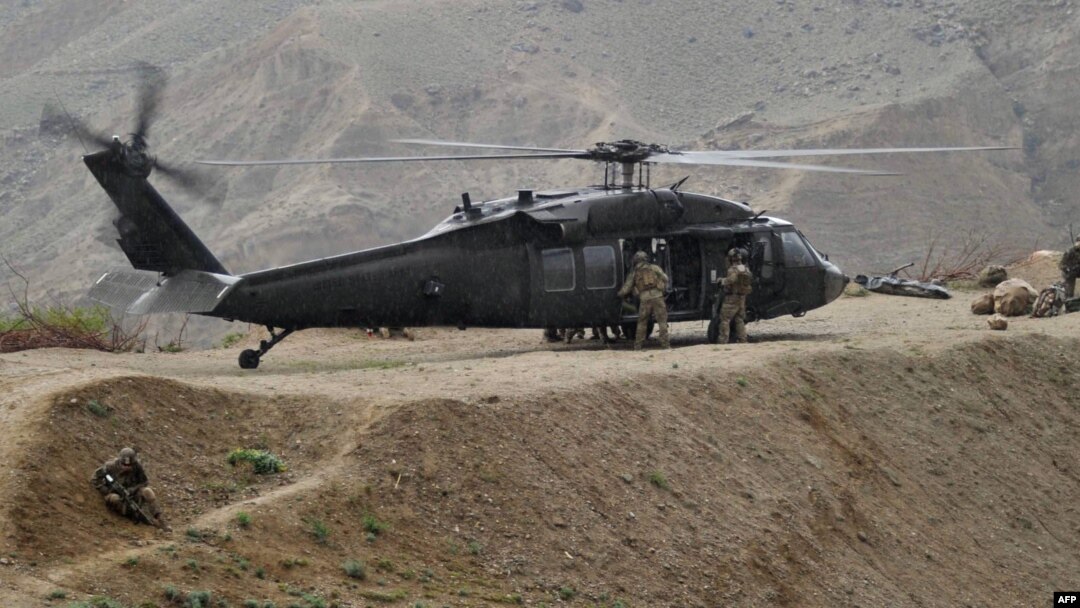The Afghan Air Force (AAF) has received its first U.S.-made UH-60 Black Hawk helicopters as part of a planned replacement of its aging fleet of Russian-made helicopters.
"The first Afghan Air Force UH-60s arrived today at Kandahar Air Field" in southern Afghanistan, the NATO-led Resolute Support mission said in a statement posted on Facebook late on September 18.
"The AAF is transitioning from the Mi-17 to the UH-60 as part of recapitalization efforts to modernize the helicopter fleet," it added.
Reports say the United States plans to supply as many as 159 refurbished Black Hawks to Afghanistan in the coming years to replace Afghanistan's Soviet-era Mi-17s, whose age makes them increasingly difficult to maintain.
Bolstering the Afghan Air Force is a central part of President Ashraf Ghani's four-year road map to improve the country's security forces as the government is struggling to beat back insurgents in the wake of the exit of most NATO forces in 2014.
A U.S. report found earlier this year that the Taliban controls or contests control of about 40 percent of the country, and security forces are also fighting against militants affiliated with the extremist group Islamic State (IS).
More U.S. Troops On Way
Also on September 19, U.S. Defense Secretary Jim Mattis said most of the 3,000 additional troops the United States is deploying to Afghanistan are on their way.
Mattis told Pentagon reporters that he didn't want to give precise numbers but said he was sending "over 3,000" troops to Afghanistan, where they will bolster the approximately 11,000 American forces already there.
"Most of them are on their way or under orders now, and I'd prefer not to give any more information that helps the enemy," he added.
U.S. President Donald Trump last month announced a new Afghanistan strategy he said was aimed at defeating the Taliban after nearly 16 years of war.
Defense officials say the president's new strategy for Afghanistan will try to repeat the success of U.S. efforts over the past two years to strengthen Iraqi security forces against the Islamic State group with better training, logistical support, and the battlefield backup of U.S. artillery, and air strikes on enemy positions.
The United States is also pressing for NATO partners to increase their own troop levels in Afghanistan.


